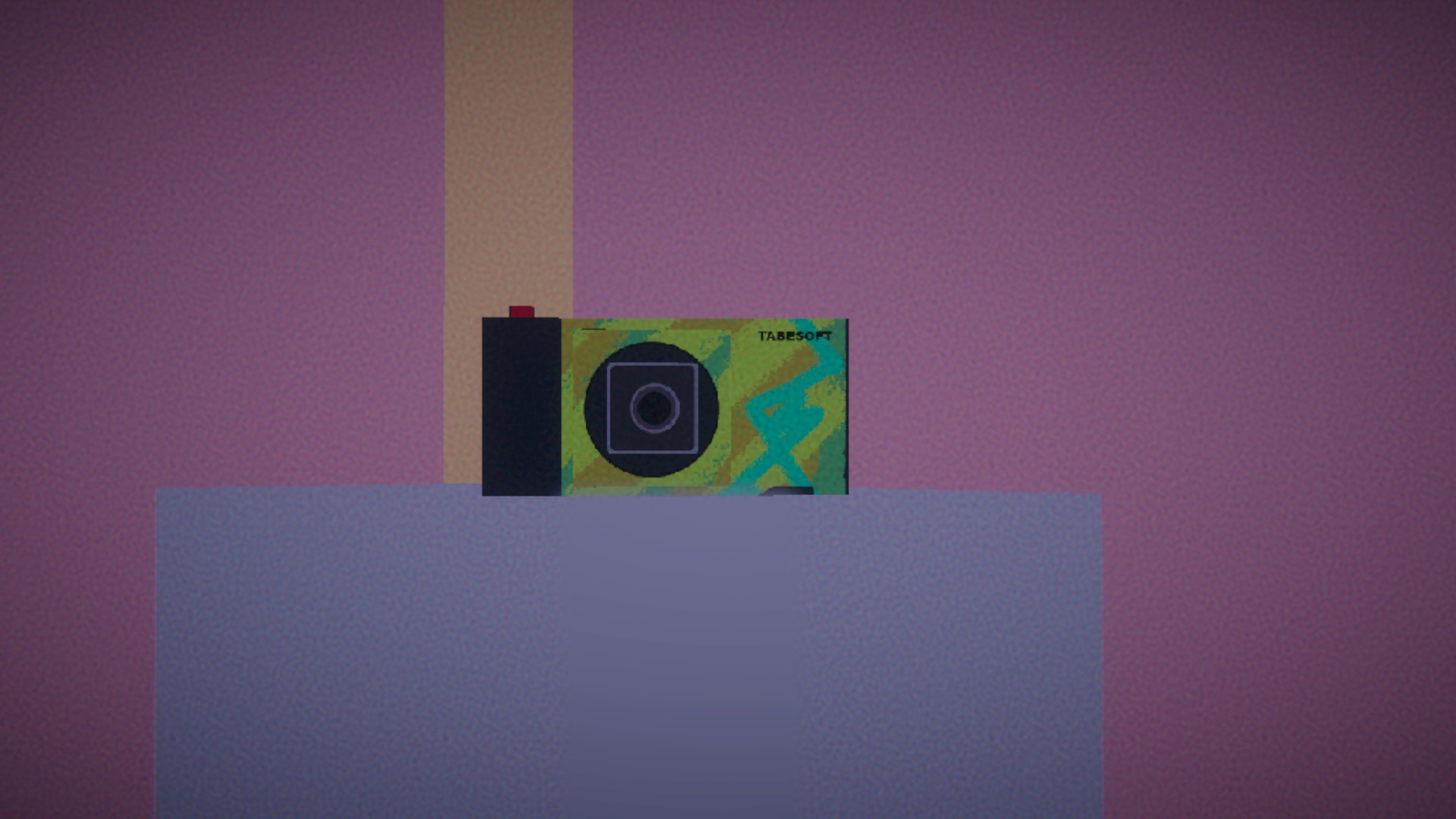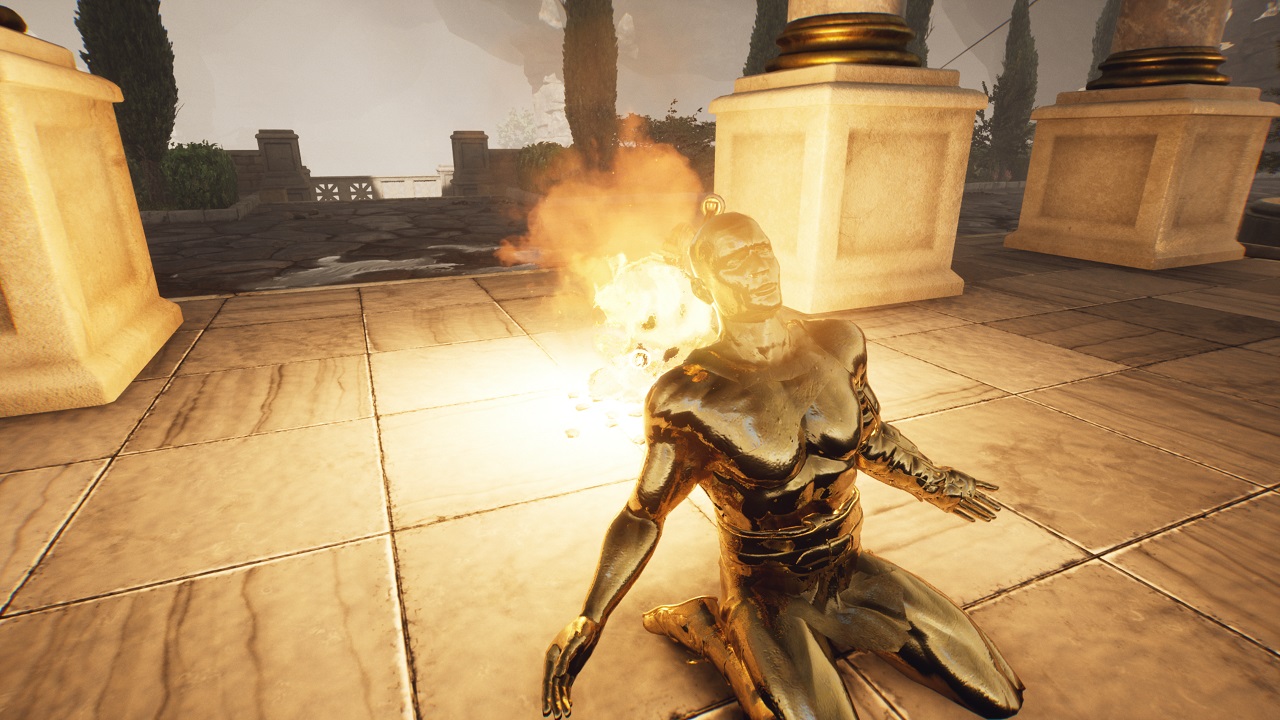Share
Emily is Away is a text-based visual novel set within an AOL Instant Messenger chat. It’s alive with nostalgia; from Windows XP startup sounds, authentic AIM (it was AIM if you were cool, which I uh, definitely was) sound effects, and the whirring hum of the computer everyone from back then remembers. It all culminates into a surreal experience that can take anyone back to the mid-2000s. And if you weren’t there, you’ll be taken back too. You just might not recognize a world that feels so far away from today.
Creator Kyle Seeley developed two distinct experiences with Emily is Away and Emily is Away Too. The visual novel genre isn’t new but it constantly surprises with the stories it allows players to inhabit. Telling stories and sharing experiences with others is already enchanting, even if it’s just done verbally around a fire or table with loved ones or strangers. It becomes something that feels impossibly real and magnetic though when combined with the capabilities of interactive media.

Taking AIM
Video games help remove almost all the remaining work needed for a world traveler’s suspension of disbelief. A canvas from another time in front of your eyes with matching sound effects, combined with people that can feel real as long as you’re willing to simply let go, filling in everything missing from traditional storytelling except the chair you sit in. Video games only need the player to sit down, let go, and listen before whisking them off to somewhere far away, or in the case of Emily is Away and Emily is Away Too, somewhere before now.
Emily is Away‘s AIM conversations immediately take you back to the point in time where the main character and Emily exist. Screennames seem ancient now but your screenname was your online identity. It was either you or who you wanted to be but it was up to you. This was before modern social media but beyond just having an email address. The chat windows where conversations took place gave everyone a little profile card where you put some text and left a piece of yourself. Maybe it was a quote from an author or some song lyrics. Whatever you chose, it was yours. There was also space for a picture to go in the chat.
This gave both people something to reference while talking. It may not have been a picture of the person you were speaking with but it was the picture they chose to put out into the world when conversing online. It was them online and that’s who you were talking to. Emily is Away helps capture that spirit by not only having all these features but also by including icons that feel like they’re from the time. I couldn’t tell you if they’re recreations or actual icons from the time. It’s been too long and I don’t remember. But it feels like remembering. Sometimes that’s the same thing or close enough.

Chat icons unearthed from pop culture of the time help not only communicate the years but also serve as a reminder of what was in the spotlight and on people’s minds from 2002 to 2006. These icons were small and seem so simple now but like everything, they used to be new. Pixelated recreations of albums and film logos, like System of a Down’s Hypnotize and the unmistakable logo for Disney Pixar’s The Incredibles, help sell this different reality while also allowing players to buy into the experience. You can choose your icon and fill in the shoes of the character you’re portraying.
The game’s story is interesting and feels real. Each conversation takes place in subsequent years, starting in 2002, which is the senior year for the protagonist and Emily. They talk about school, parties, life after school, and it’s just such a human conversation. You choose from a series of available responses after Emily’s text appears and then tap or hold down keys or a mouse button to have your words appear in front of you.

Each year has a conversation and they’re affected by the previous year’s conversation. That’s life though. It all grows on the foundation we put there and our actions and words stack as time passes. The protagonist and Emily keep in touch over the years and their relationship changes as their lives continue. There are multiple ways things can go but just like life, the destination isn’t so much the focus as the time spent getting there is. The moments in between are what matter the most and that applies to both the characters and the game itself.
Restart to Update
Emily is Away Too is similar in setting, tone, and structure, except it takes place in a single school year. It’s longer and has more detail within the 2006-2007 year, which is the senior year for the characters. This time there are multiple conversations and the references, technology, and website references are adjusted for the year it takes place.

The spiritual successor references parodies of websites that are meant to be YouTube and Facebook since this is when those websites were where conversations were starting to happen. They hadn’t quite overtaken chat programs like AIM and Yahoo! Messenger, but they were simultaneously near and in the distance. I like the amount of detail and increased length in this game because the story is interesting like the previous game but there’s also more of everything. 2006 was such an interesting and weird time where everyone growing up was trying to figure out what the hell was going on, like anyone growing up, but technology, media, and politics were rapidly changing at this time. It’s nice to see this dense but short period in youth history explored in such a detailed and nostalgic way.
I don’t want to provide any specifics on the stories because these details help make up the games. The first game is available for free on Steam and itch.io, with ways to donate and support if you’d like to. The second game is available for purchase on both platforms for $4.99. I’d really recommend playing these games and experiencing them. If you didn’t grow up at the time then the nostalgia may not be there but your curiosity, intrigue, and desire to experience something different will take their place.

The games are so alive despite looking simple if you just glance at a single picture. That’s also like life though, right? Things are always more than they seem if you look closer. It’s weird seeing nostalgia and memories that felt so specific communicated effectively by someone you’ve never met and then realizing your entire age group remember these moments. It’s like those commercials we all collectively remember and think about, despite not really discussing. You know the ones. “Get connected for free (free) with education connection” or “F-R-E-E. That spells free. Credit report dot com, bay-bee.”
We all remember. We were there.
Emily is Away and Emily is Away Too take us all back there, whether it’s our first time or revisiting something we haven’t thought about in a long time. The third game, Emily is Away <3, releases on April 16, 2021, and I’m excited to take a trip once again.

It may just be pixels on the screen but you could say that about any game. What matters is if a game attempts to fill in the blanks and if you’re willing to let go.
Check out this really rad interview with creator Kyle Seeley on itch.io too. It’s fun and insightful.



